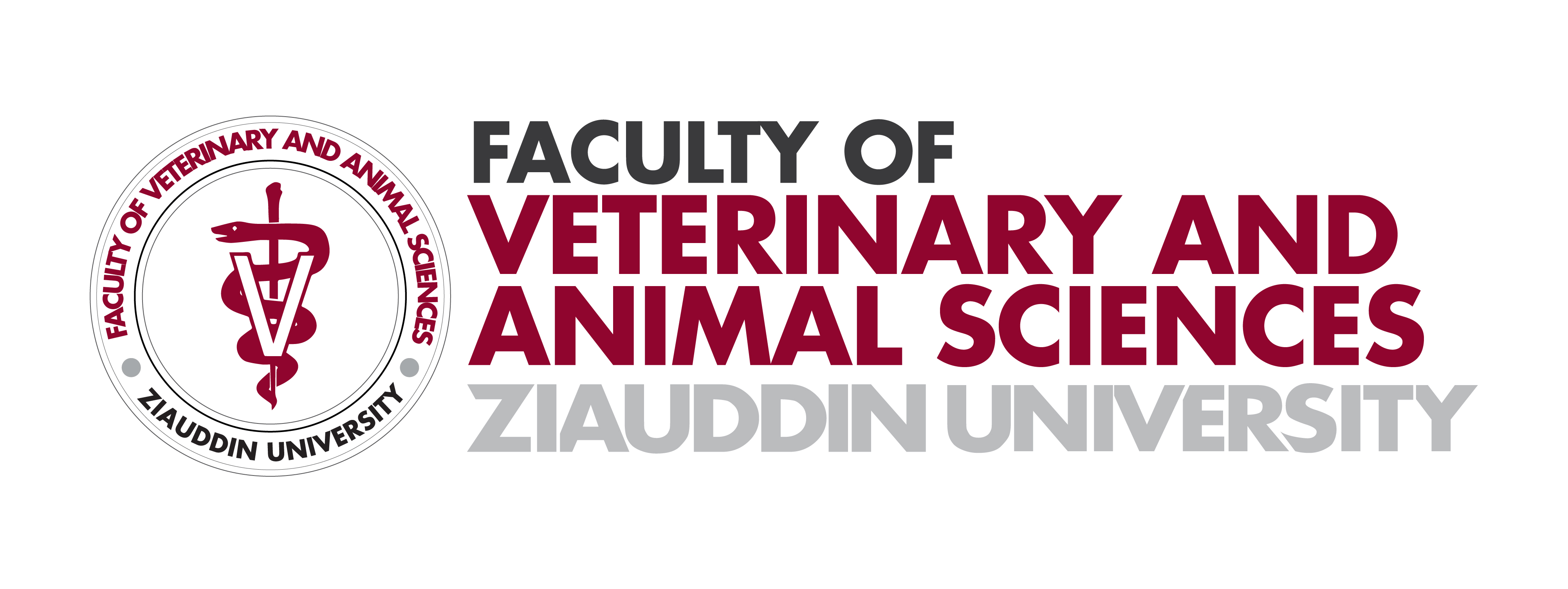ARTIFICIAL INSEMINATION TECHNIQUE
The primary aim of Artificial Insemination Technique (AIT) is to provide biotechnological skilled services of modern animal husbandry studies and techniques that help in improving the productivity of livestock. Furthermore, this technique ensure to provide a route towards poverty alleviation, particularly in rural areas. AIT at Ziauddin University is a 6-months program that would professionally train candidates for technical skill for advising farmers on correct breeding plan. Semen can be easily transported; allowing multiple females in different geographical locations to be inseminated simultaneously, and semen can be stored for long periods of time, meaning that males can produce offspring long after their natural reproductive lives end. Artificial insemination allows males to produce more offspring. One can choose only the few best males for use as parents, increasing the selection intensity. Furthermore, because males can have more offspring, their offspring can be used in a progeny test program to more accurately evaluate the genetic value of the male. Finally, individual farmers can use artificial insemination to increase the genetic pool with which his or her animals can be mated, potentially decreasing effects of inbreeding. Male animals often grow to be larger than females and can consume relatively larger amounts of feed. Infect, male animals are often more strong, powerful, and potentially ill-mannered and thus require special housing and handling equipment. Artificial insemination has some potential drawbacks, however, that must be considered, like it can be more laborious. Male animals instinctively detect the females that are in the correct status for conception. With artificial insemination the detection work falls on the responsibility of the farmer. Poor detection results in decreased rates of fertility. Also, increasing the number of offspring per male has selective advantages only if the best males can be accurately determined. Otherwise this process only decreases the genetic variability in a population. Increasing the number of offspring per male always reduces the gene pool. The benefits of more intense selection must be balanced against the negative effects of decreased variation. Further, the objectives of the diploma include imparting technical skills that would enable students with the skills of Assist and advice progressive farmers to improve reproductive health by suggesting artificial insemination. Educate and initiate awareness programs for locals on efficient animal breeding. Enhance working opportunities independent livestock assistants.
Eligibility Criteria for AIT Program
- Doctor of Veterinary Medicine (DVM) Graduates.
- Livestock Assistant Diploma (LAD) Certificate holder.
- Nominees from the Dairy Sector (Minimum qualification HSC/Intermediate in (Pre-medical group).
Admission Requirement
Artificial Insemination (A.I) 06-Month Course
Career Prospects
- Artificial Insemination Technician in Government/Semi Government organizations.
- Livestock Farm Breeding Management.
- Livestock farms Business.
- Animal Breeding Specialist.
Admission Requirement
- Intermediate with more than 20 % of passing marks.
- Aptitude Test 20%
- Interview 60%
Fees Structure
| Admission Fee | 25,000 |
| Security Deposit | 5,000 |
| Registration Fee | 2,500 |
| Student Fund | 2,000 |
| Semester Tuition Fee | 50,000 |
| Examination Fee | 500 |
| Total Amount | 85,000 |
Facilities at Campus
Laboratories setup in the disciplines of Anatomy & Histology, Microbiological, Physiology, Parasitological, Pathology, pharmacological Poultry, Animal Production and Theriogenology is also available with Faculty of Animal and Veterinary Sciences. Additionally, Veterinary Clinics as well as birds and farm animals also available for learning purpose.
